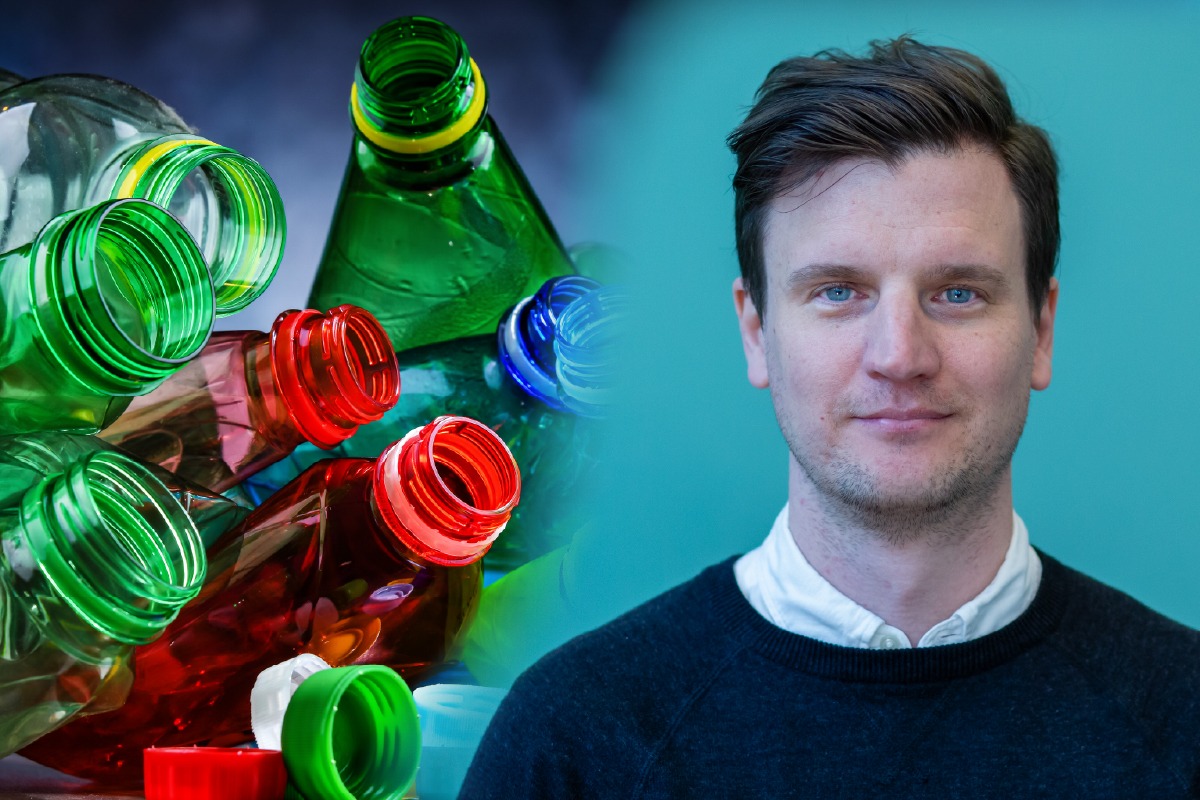Omikron variant BA.2 predominant in Sweden already in early March
Researchers confirm that Omikron BA.2, which was first detected in the beginning of 2022, already dominated the landscape in early March. The analysis was made by the multidisciplinary Swedish Environmental Epidemiology Center, SEEC, with samples from Stockholm, Malmö, Uppsala, Örebro, Umeå and Kalmar.
SEEC, a Swedish Environmental Epidemiology Center established in 2021 as part of SciLifeLab’s Pandemic Laboratory preparedness initiative, collects wastewater samples from treatment plants in several Swedish cities every week, and analyzes the presence of SARS-CoV2. At regular intervals, more detailed analyzes are also made of which variants of the virus are present in the samples.
In mid-January, SEEC detected that the omikron variant had out-competed the delta variant earlier that month. An in-depth analysis of the samples from week 49, 2021 to week 2, 2022 revealed how the new omicron variant BA.2 had begun its march across Sweden.
Together with SciLifeLab, the researchers from KTH and SLU have done an in-depth analysis of sewage samples from week 3 to week 12, collected from Stockholm, Malmö, Uppsala, Örebro, Umeå and Kalmar.
“Thanks to high throughput sequencing, we can obtain much more detailed knowledge about the variants that contribute to our weekly monitoring”, says Zeynep Cetecioglu Gurol, KTH researcher at SEEC.
The new analysis shows how the BA.2 variant gradually became more common than the BA.1 variant. First in Malmö and Kalmar, and then in all the sampled cities. At the beginning of March, BA.2 completely dominated all six cities – and since mid-March, BA.1 was no longer detectable.
“We will continue with large-scale sequencing of wastewater samples since we believe this is an important complement to the sequencing of clinical samples”, says Anna Székely, SLU researcher at SEEC.
Additionally, the researchers at SEEC also investigated whether any other variants than BA.1 and BA.2 were present in the wastewater from week 3 to week 12, but no traces of other variants were found.
New results from week 18
The levels of SARS-CoV2 in wastewater is analyzed continuously with a simpler method. At the moment, the levels remain relatively stable, with elevated to high levels overall.
The levels now are still far from the low levels of last year’s summer, and higher than the autumn of 2021. Right now, for example, Uppsala, Umeå, and Örebro respectively have similar levels to the measurements in January 2022.
“Measurements of SARS-CoV2 in wastewater are a good way to keep track of the development of virus levels in the population. Right now we see that there is still a lot of virus in the wastewater, even though the trend is that the levels continue to decrease”, says Maja Malmberg, SLU researcher at SEEC.
The results of the ongoing assessment of SARS-CoV2 in wastewater – which refers to levels – are published every week on the Swedish Covid-19 data portal. Samples are taken on Mondays and the results are published on Friday or Saturday of the same week. Data on different virus variants are reported approximately every 6 weeks.
SEEC is supported by SciLifeLab’s initiative Pandemic Laboratory Preparedness and SciLifeLab’s National Research Program on COVID-19, funded by the Knut and Alice Wallenberg Foundation.
Read the entire press release in Swedish here: Omikron-varianten BA.2 tog över i Sverige redan i början av mars





